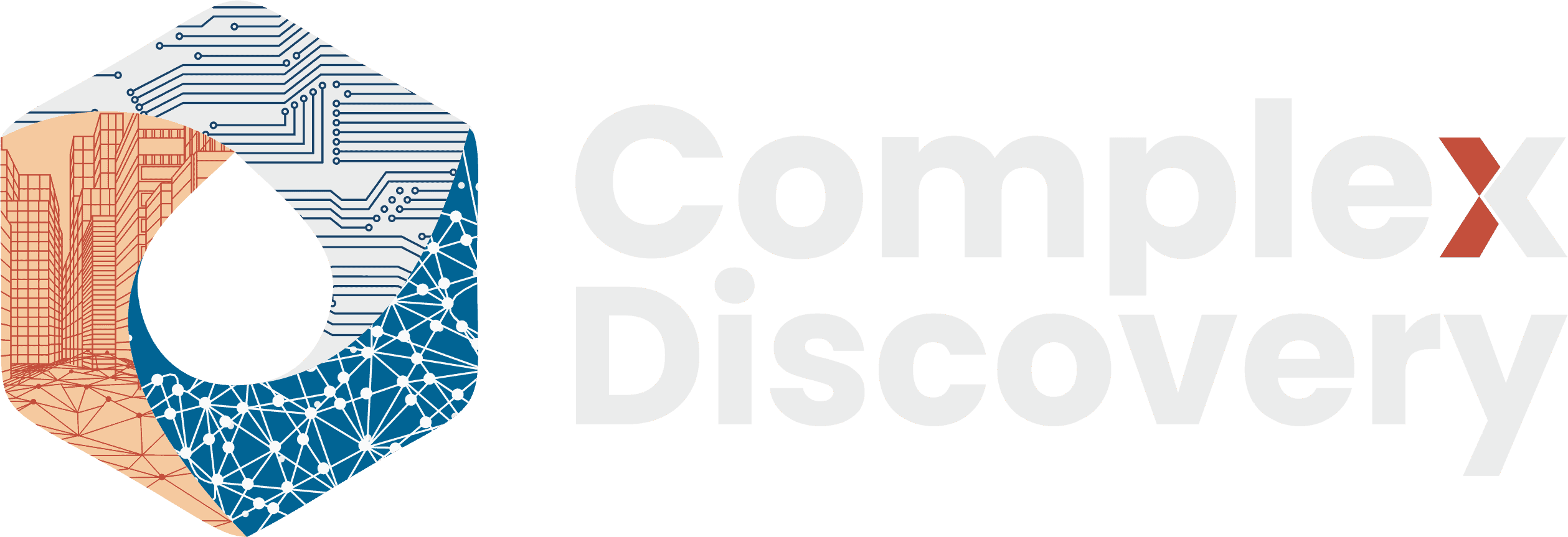Editor’s Note: Windows 95 didn’t just redefine personal computing—it fundamentally reshaped enterprise IT strategy and adoption patterns. Released in 1995, this operating system introduced transformative features such as plug-and-play hardware integration, user profiles, and long file names, all of which foreshadowed the challenges and opportunities that today’s cybersecurity, information governance, and eDiscovery professionals still navigate. This retrospective isn’t just a look back; it’s a strategic lens for understanding how early technology shifts continue to inform modern legal tech implementation, integration, and user adoption planning.
Content Assessment: What Windows 95 Taught Us About Today’s Legal Tech Deployments
Information - 94%
Insight - 92%
Relevance - 93%
Objectivity - 94%
Authority - 95%
94%
Excellent
A short percentage-based assessment of the qualitative benefit expressed as a percentage of positive reception of the recent article from ComplexDiscovery OÜ titled, "What Windows 95 Taught Us About Today’s Legal Tech Deployments."
Industry News – Technology Beat
What Windows 95 Taught Us About Today’s Legal Tech Deployments
ComplexDiscovery Staff
The integration of Windows 95 in enterprises marked a groundbreaking shift in the technological landscape, particularly in the domain of operating systems. Released on August 24, 1995, Windows 95 not only redefined personal computing with its new features but also implemented strategies that appealed to both consumer and corporate markets. This operating system represented Microsoft’s strategic move to unite the MS-DOS environment with its Windows platform, offering enhancements that were pivotal for business use. The lessons learned from its enterprise adoption continue to inform modern approaches to legal technology implementation, information governance, and eDiscovery platform deployment.
Architectural Transformation and Performance Enhancements
Crucial to its success were the architectural advancements from a 16-bit to a 32-bit system, significantly improving performance metrics vital for enterprise operations, especially in RAM management. While Windows 95 maintained some 16-bit components for backward compatibility, this hybrid approach represented a substantial leap forward in efficiency, enabling businesses to run more complex applications and processes with improved reliability.
However, the memory management improvements weren’t universal. Systems with more than 32MB of RAM sometimes experienced slower performance due to Windows 95’s aggressive disk caching allocation, requiring system administrators to optimize configurations for their specific enterprise environments.
Revolutionary Hardware Integration
One of the defining features of Windows 95 was its “plug and play” capability, a critical development for enterprise IT infrastructures. This allowed for automatic detection and installation of new hardware, simplifying the processes for IT departments and reducing setup times. The ease of handling hardware-related tasks brought about substantial operational efficiencies and reduced downtime in corporate environments.
The plug and play implementation required compatible hardware, BIOS, and devices to work optimally, meaning legacy systems might not experience the full benefits. Nevertheless, for organizations investing in newer hardware, this feature represented a significant advancement in system administration efficiency.
User Interface Innovation
Furthermore, Windows 95 introduced a more sophisticated graphical user interface, featuring the pioneering Start button and taskbar, which transformed the way users interacted with computers. Usability testing revealed dramatic improvements in application launching times—from an average of nine minutes in Windows 3.1 to three minutes for new users launching WordPad, with users who specifically used the Start button achieving launch times of less than one minute. This user-friendly approach was complemented by the ability to give files lengthy names up to 255 characters, facilitating better file management, especially in corporate settings where complex documentation is common.
Corporate Adoption and Market Penetration
Marketing strategies played a significant role in the uptake of Windows 95 in the corporate world. Microsoft’s investment in global marketing campaigns, including hiring Jay Leno for its launch event, helped cement the OS’s position as a top choice for businesses worldwide. The campaign successfully highlighted features that directly benefited corporate users, promoting Windows 95 as not merely an upgrade but a necessity for modern computing needs.
However, corporate adoption followed a more measured timeline than consumer adoption. Industry forecasts indicated that only 4% of companies with 1,000 or more employees would migrate to Windows 95 by the end of 1995, reflecting the cautious approach enterprises typically take when adopting new operating systems due to concerns over cost, risk, and disruption.
Enhanced Multi-User Capabilities
As part of its long-term vision, Microsoft also introduced the concept of user profiles, which allowed multiple employees to use a single workstation with personalized settings. This addition was particularly beneficial in shared office environments, streamlining the user experience and security without the need for dedicated machines for each user. However, user profiles required system administrator configuration and weren’t enabled by default.
Legacy and Long-Term Impact
In retrospect, Windows 95’s impact was monumental not just in enhancing personal computer operation but in setting a stage for future innovations. Its emphasis on integration and usability standards reshaped expectations, setting benchmarks for subsequent operating systems globally. By its first year anniversary, Microsoft confirmed that 40 million units of Windows 95 had shipped worldwide, making it the most successful operating system in its first year.
The legacy of Windows 95 in business technology is more than a historical note; it is a testament to the foresight of combining user-oriented design with robust system architecture. By laying down these foundational elements, Microsoft catalyzed a transformation in the corporate computing world that continues to influence modern IT departments.
Lessons for Modern eDiscovery and Information Governance
The Windows 95 enterprise adoption story offers valuable insights for today’s cybersecurity, information governance, and eDiscovery professionals. The measured corporate adoption timeline—with only 4% of large companies migrating by year-end 1995 despite widespread evaluation—mirrors contemporary challenges faced when implementing new legal technology platforms.
Windows 95’s file naming capabilities, supporting up to 255 characters, represented an early recognition of the importance of descriptive metadata—a principle that remains central to effective information governance today. The ability to create meaningful file names directly correlates to modern eDiscovery challenges, where proper data classification and metadata management are crucial for efficient document review processes.
The operating system’s multi-user profile functionality anticipated today’s shared workstation security concerns in legal environments. Modern eDiscovery platforms must address similar user access controls, data segregation, and audit trail requirements that were first introduced to mainstream business computing with Windows 95.
Perhaps most relevantly, Windows 95’s plug-and-play hardware integration philosophy parallels contemporary demands for seamless integration between eDiscovery tools, case management systems, and review platforms. Just as Windows 95 simplified hardware deployment for IT administrators, modern legal technology success depends on platforms that reduce implementation complexity while maintaining security and compliance standards.
The cautious enterprise adoption pattern observed with Windows 95—extensive evaluation followed by gradual deployment—remains the gold standard for legal technology implementation. Organizations evaluating cloud-based eDiscovery platforms, AI-powered review tools, or information governance solutions can learn from this measured approach, which balances the benefits of innovation against operational risk and regulatory compliance requirements.
News Sources
- Windows 95 at 30: how one OS changed the PC forever (TechSpot)
- Windows 95 at 30 – Way ahead of its time, or the greatest Microsoft game-changer? (TechRadar)
- I Used MS-DOS Editor From 1992 for Writing, and It Didn’t Go Well (How-To Geek)
- Footage of Jay Leno Hosting Windows 95 Launch Event Surfaces Online (Vice)
- One-Year Anniversary of Windows 95 to Be Celebrated ( Microsoft Source)
- User Friendly What Microsoft’s Windows 95 Means for You (Workforce)
Assisted by GAI and LLM Technologies
Additional Reading
- Evolving Product Lifecycle Management: The Expanding Role of Product Managers and Democratized Prototyping in Legal Technology
- Editorial Intelligence: The Role of Agentic AI in Modern Publishing
Source: ComplexDiscovery OÜ






































